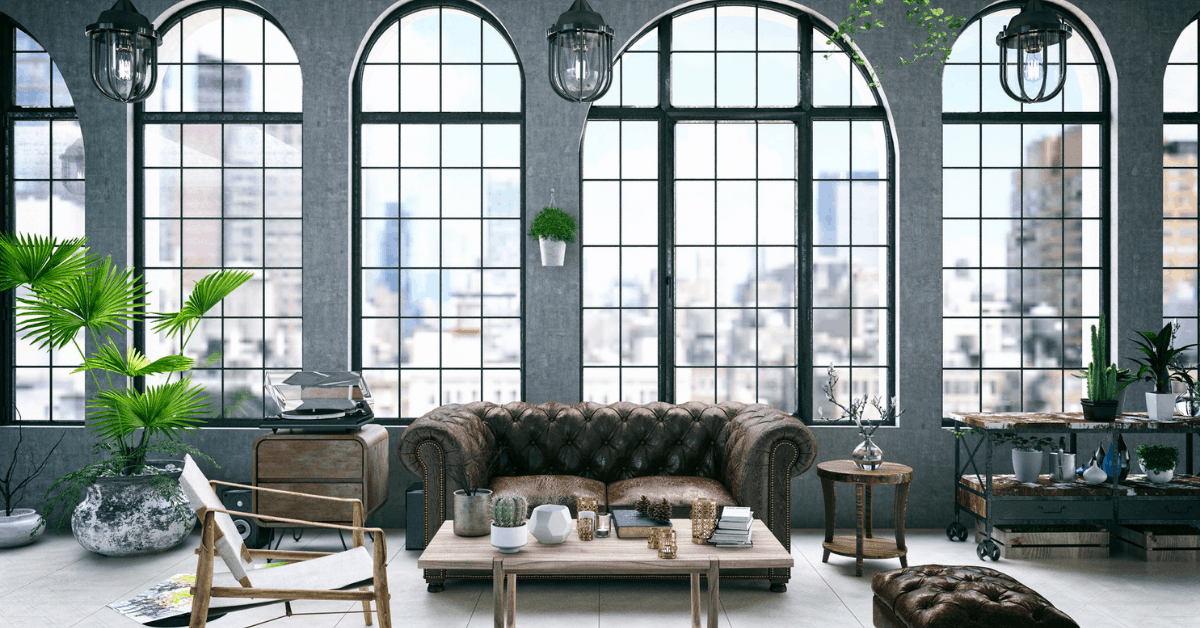The sharing economy has evolved past vehicles and homes.

Renting used to be seen as a stopgap, something you only did when you couldn’t afford to own your own. But with the boom of the sharing economy, renting is on the rise and the freedom and flexibility it offers are now considered luxuries.
Renting isn’t new. We’re used to renting property, of course, but also media through Netflix and Spotify, transport through Zipcar and Bird scooters, and offices through WeWork. The number of people using sharing economy services is predicted to almost double from 2016 to 2021 and this rise in popularity is bringing more renting options to the market.
Customers can pay only for what they rent, for example, digital marketplace Omni offers items such as rollerblades, humidifiers, or picnic baskets for a daily fee, or rent products via monthly memberships, which includes access to items that can be sent back and renewed for different items every 30 days. Subscription watch club Specter One provides members with the option to wear a new luxury watch every month while membership service SoundClub gives members a pair of Sennheiser headphones which they can swap for newer models.
And it’s not just products, services are also becoming easier to rent too. Private jet membership service Surf Air membership gives customers unlimited private jet usage and Blacklane allows guests to book a luxury chauffeur by the hour.
A new wardrobe every month
In a world of fast fashion, people are constantly craving new items and growing bored with what they already own. People are re-wearing their clothes 36 percent less compared to 15 years ago, with some pieces being worn only a handful of times before they’re discarded.
When Rent the Runway launched a decade ago, it was a pioneer of the renting clothes concept, marketing itself as the place to go for designer dresses for special occasions. The brand is valued at $1 billion and has diversified its virtual wardrobe, offering more than just formalwear, including blouses for work, dresses for happy hours, the latest sneakers, statement streetwear, and even jeans and sweatshirts to refresh weekend wardrobes.

Well-known brands that traditionally championed fast fashion are also getting involved. Urban Outfitters recently introduced Nuuly, their own clothing rental subscription service which will launch later this year. American Eagle Style Drop allows members to rent American Eagle tops, jeans, and dresses and Infinite Style by Ann Taylor offers an ever-changing workwear wardrobe of Ann Taylor items.
Most clothing subscription services have a monthly fee which gives customers a set number of items, usually four to six, which can be worn as often as they like and returned for new pieces monthly. Independent designers can be rented as well as many well-known brands including Reebok, Levi’s, Balmain, and Gucci. Minor wear and tear are usually included in the price and most services charge either the full or a percentage of the retail price if a piece is severely damaged or lost.
Where Rent the Runway offers renters access to expensive designer items, Nuuly is expected to carry brands that people could afford to own but choose not to. But why? It seems the rising concern for sustainability plays a factor.
Armoire is a Seattle-based clothing rental company carrying designer options such as Brass, of Mercer and Boden, as well as independent female-founded ethical brands such as Zuri, the Oula Company, and Amour Vert.
Armoire CEO Ambika Singh said the environmental impact of fast fashion, yet the constant desire for it, are the main driving forces behind the rental boom.
“As we are beginning to fully realize the insanely detrimental impact that the consumer economy has had on our planet, renting provides an easy way to reduce this impact,” Singh said.
There’s also a financial aspect. Each month, renters can wear new-to-them items at a fraction of the cost of buying them.
“Not only are we reducing our carbon footprint by reducing the need for production of these goods, we’re not wasting our money on items we’ll use a few times and throw away,” Singh added.
“Renting also allows us to stay trendy without spending a fortune.”
Finance blogger Becky Beach said she uses Rent the Runway because she craves variety in her own wardrobe without the associated price tag.
“I use Rent the Runway for myself all the time too to spruce up my wardrobe,” she said.
“I get tired of wearing the same clothes each week so this really helps me save money.”
Renting furniture and décor
Earlier this year, Rent the Runway announced their partnership with furniture brand West Elm to bring home décor rental to their customers. While options are limited to pillows, sheets, and cushions, elsewhere, furniture rental is booming.
Companies such as Feather, Fernish, and CORT offer a range of furniture items, from sofas and dining tables to lighting and bed frames. And these items, much like with renting clothes, can be switched up easily and often.

Along with clothes, Beach also rents furniture for her home.
“We rent all our furniture with CORT….(including) beds, couches, dining room table and chairs, coffee table, two end tables, dresser, nightstand, and drawers,” she said.
Whereas Rent the Runway and West Elm’s partnership targets those looking to frequently refresh their décor, furniture rental benefits those who move frequently.
Beach said her family moved often so renting furniture made things simpler.
“Someone may be moving a few times every couple years and it costs a ton to move furniture, especially great distances,” she said.
“It is easier to have CORT and other rental services take the furniture back and then rent new furniture when you find another place to live.”
Plus, it opens up more choices. Just as those renting clothes have access to more designer items to switch through more frequently, the same goes for high-end pieces for the home.
“You get better quality furniture at a fraction of the price if you rent,” said Beach.
“I can either spend $700 to buy a good-quality sofa or rent an excellent sofa from CORT for $10-$20 a month.”
Renting as the new luxury
Renting is no longer for those working their way up to buying. It’s a choice more people are purposefully making; whether it’s for the freedom to move often, for the never-ending wardrobe and designer décor they don’t have to pay full price for, or, simply, to do their bit for the planet.
Armoire CEO Singh said the rise of the sharing economy had done a lot to “destigmatize renting”.
“It’s become the norm to use someone else’s car by jumping in an Uber, or to stay at someone else’s house when we travel using Airbnb,” she said.
“If we can do this with cars and homes, why not with other aspects of our lives?”



